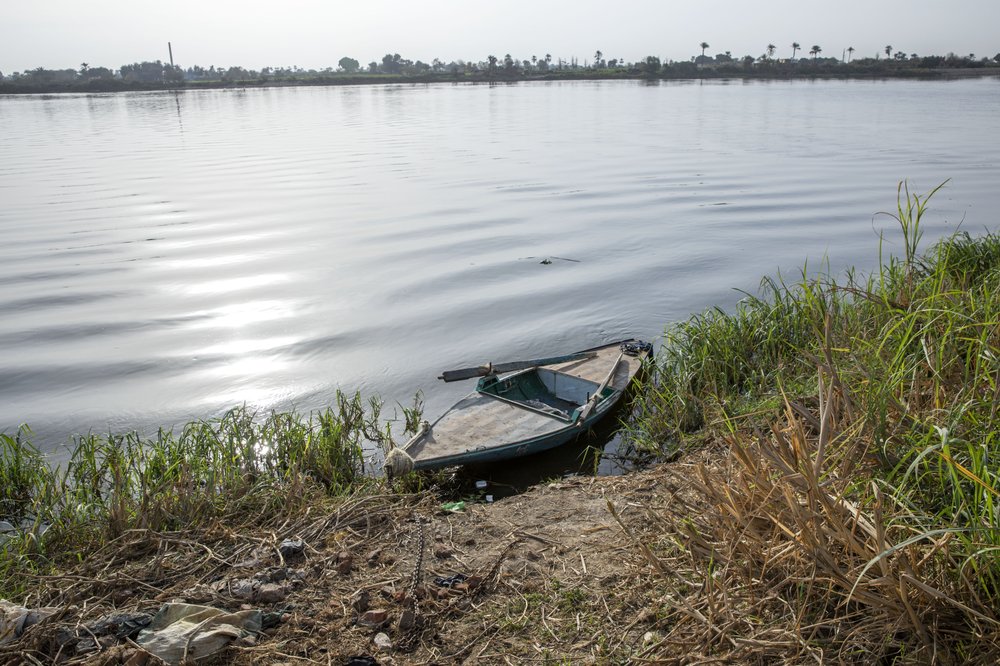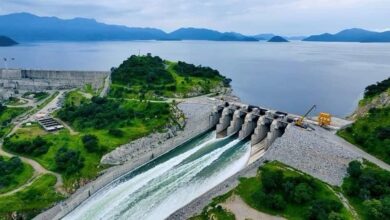Our world is home to 39 megacities–cities that are in turn home to more than ten million inhabitants each. Twenty-eight of these are located in developing countries, characterized by young and growing populations, with all the accompanying implications in terms of pressures on urban infrastructure, resource management and environmental impact.
At World Water Week in Stockholm, a yearly international conference bringing together 2500 water and sanitation experts from around the globe, the problems associated with urban water supply–especially in megacities–were both addressed and debated.
Megacities face particularly daunting challenges, including polluted freshwater, over-exploited groundwater, poorly-maintained infrastructure, high levels of informal use, insufficient clean water, weak waste-water and storm water disposal.
According to the Egyptian National Research Center, 40 percent of Cairo's population has access to drinking water for no more than three hours a day. At least four large districts, meanwhile, receive no water at all from the municipal system.
The result: in the nation’s capital, millions of families have to line up at public wells in order to obtain the necessary water for their washing, bathing and drinking needs.
And megacities are growing, some almost exponentially. Almost half the major cities of the northern hemisphere are declining in terms of population; in the developing world, by contrast, cities are growing ten times faster than anywhere else. In the last decade of the twentieth century, slum populations worldwide grew by a whopping 18 million people per year.
But according to Jan-Peter Mund of United Nations University, a leading authority on water issues in urban environments, megacities–such as Cairo, Lagos or Sao Paolo–should not be seen as a threat. “Megacities are a reality; people are coming–and will keep coming–to them,” he told Al-Masry Al-Youm.
This exodus, fueled by limited access to land, resources and education in rural areas, will continue to push people into large cities, many of whom will end up joining the ranks of the urban poor.
The phenomenon mirrors the global trend in population growth: between 2000 and 2025, the increase in the global urban population is forecast to reach about 2 billion, or roughly 95 percent of the total population increase worldwide. Cities will keep getting bigger, and there’s little that can be done to reverse the trend.
From a strictly managerial perspective, therefore, the prospects for megacities could be nightmarish. But for Mund, megacities “allow for human interactions at an unprecedented rate” by creating new opportunities and innovative solutions.
As it currently stands, water statistics in most urban centers are discouraging. In megacities throughout the world, some 45 million cubic meters of drinking water are lost every day. In a city like Manila, capital of the Philippines, 1000 cubic meters of clean drinking water–the equivalent of an Olympic-sized pool–are wasted every hour.
But the task of improving water conservation methods seems daunting. Where to begin?
Graham Alabaster of UN-Habitat, points to a number of institutional problems that must be addressed in terms of provision planning–especially water and sanitation services– and makes several recommendations.
Firstly, Alabaster highlights the need for “customizing” intervention in various cities. “There’s an urban continuum; and we need to look at the different sizes” of cities, he says. While the assertion seems obvious, the tendency to follow a one-size-fits-all approach has hindered conservation efforts in the past.
Intervention should also consider original expenses, in addition to operations and maintenance (O&M) costs. In megacities like Cairo, for example, it would be judicious to minimize O&M costs, since maintenance is often woefully neglected.
Margaret Catley-Carlson, of the United Nations Secretary-General Advisory Board on Water, believes the solution lies in the water “at the other end of the pipe.” Except for purification and treatment, she explained, there’s a wide range of intermediate treatments for wastewater, which can make it suitable for a number of industrial and agricultural uses.
International experience also points to other areas of intervention that could realize immense savings, in terms of both water and money.
The realities of international funding–and, sometimes, of local politics–have made it such that programs often seem to favor the development of new infrastructure projects rather than upgrading existing ones. Yet there is often room for the upgrade and repair of what are often deficient service provision networks, in which as much as 500 million cubic meters can be wasted–enough to meet the water needs of 200 million people.
“We’re talking about people drilling into pipes, or even diverting them, which is a more common practice with electricity but is not unusual with water,” explains Mund. “We need to keep in mind that people who behave like this have a reason to do so. After all, water is an essential human right.”




